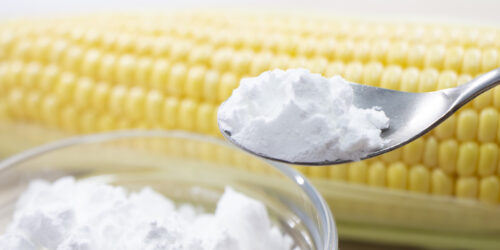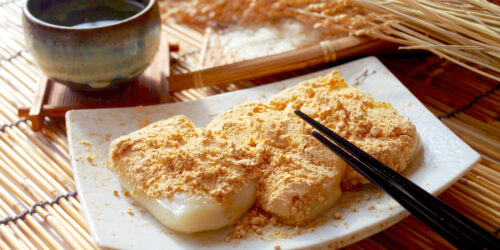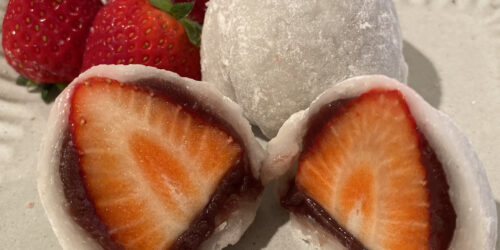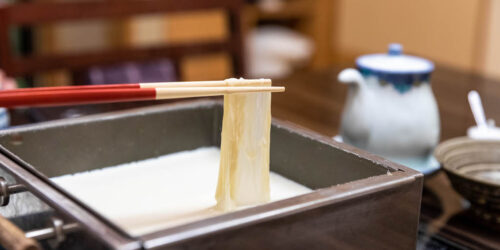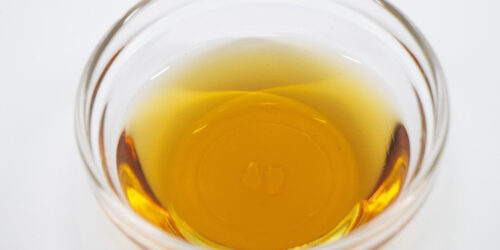6 Ways to Make Mochi (Recipe)
Do you know there are many ways to make Japanese mochi (rice cake)?
Although glutinous rice is one of the most common material for rice cake, there are various types of powder that you can substitute.
I am introducing the best easy 6 different recipes of mochi (rice cake) here. Please try those and compare the tastes if you have a chance!
By the way, please check below if you are interested in different types of rice flour.
Shiratamako vs Mochiko vs Joshinko: What Are the Differences?
1. Glutinous Rice

You can make authentic mochi by using glutinous rice. However, those mochi is usually expensive to buy. So, why don’t you make it at home.
In Japanese homes, people usually use rice-cake making machine. To make it easier, let’s use a rice cooker!
Ingredients [2-3 servings]
・5.3oz (150g) Glutinous rice
・The same amount (80%) of water as rice
・Rice flour or joshinko for dusting powder
Direction
1. Wash the glutinous rice and drain the water.
2. Put rice and water in a rice cooker and cook as usual.
3. Prepare a dusting powder (rice flour or joshinko) while cooking rice.
4. When cooked, leave the rice in the rice cooker and mix with a rolling pin or pestle.
5. Once the glutinous rice has been crushed to a certain extent, the next step is pounding.
6. When it becomes sticky enough, transfer it to the place where it was dusted.
7. Round to the size you like.
Ready to eat! Please put your favorite toppings.
2. Shiratamako
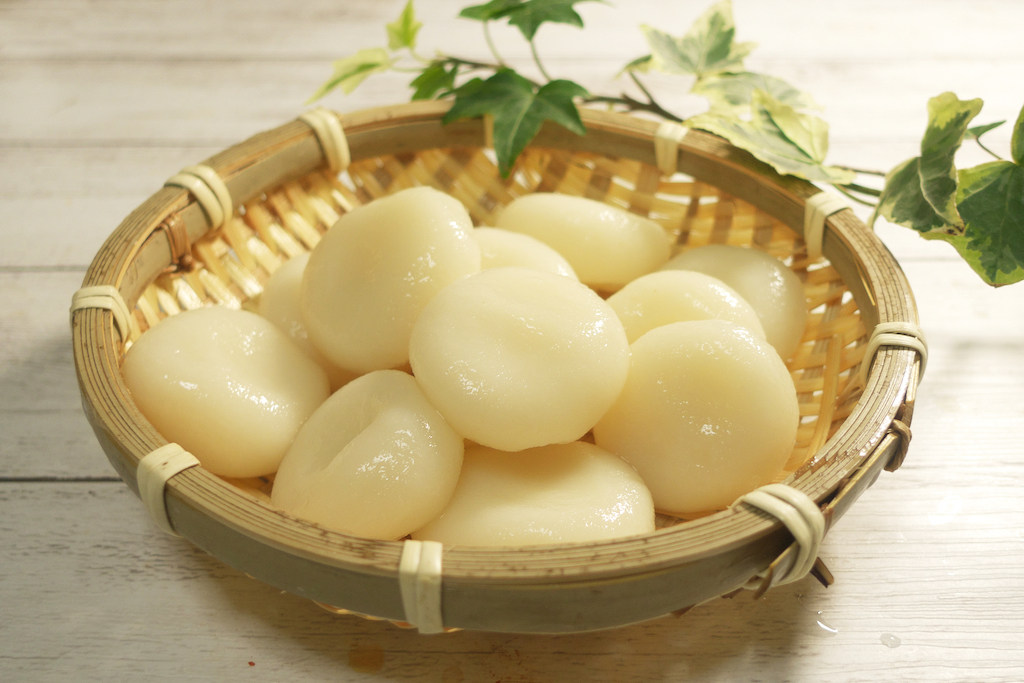
Shiratamako is one of the most popular flour for making mochi. Unlike the glutinous rice, you don’t have to cook the rice in advance taking time. All you need to do is mixing shiratamako with water, and heating the mixture in microwave.
Strictly speaking, mochi made from shiratamako is shiratama dumplings. However the texture will be close to that of fresh mochi by adding a little more water.
What Is Shiratamako and How Is It Used?
Ingredients [2-3 servings]
・3.5oz (100g) Shiratamako
・Water
Direction
1. Knead until it’s as hard as an earlobe while adding water little by little. You may need a little more water than regular shiratama dumplings.
2. Transfer (1) to a heat-resistant container, and flatten the dough. Wrap and heat in the microwave. Heat it up 1 minute at a time, but keep an eye on it while you’re doing it. Please heat both sides while turning over.
The guideline is 1-1.5 minute on one side.
Sign that heating is complete:
・The dough gets a sense of transparency
・The dough is elastic when you press the center
3. Put water on your hands and roll it into a size that is easy to eat.
Ready to eat! Please put your favorite toppings.
3. Mochiko
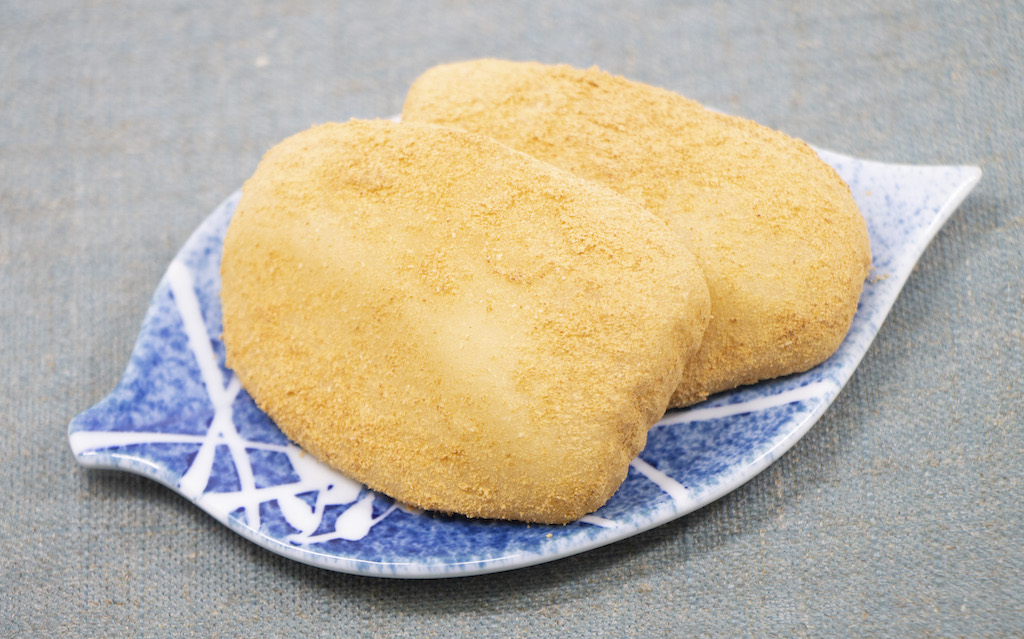
As with shiratamako, mochiko is made from glutinous rice, and can be substitute for shiratamako. So, you can make nice and chewy mochi just by mixing it with sugar and water.
What Is Mochiko and How Is It Used?
Ingredients [2-3 servings]
・2.8oz (80g) Mochiko
・1 tbsp Sugar
・A pinch of Salt
・0.4cup (100ml) Water
Direction
1. Put mochiko and sugar in a heat-resistant container, and mix well.
2. Add water little by little and mix so as avoid clumping.
3. Wrap and heat in microwave 600W for 2 minutes.
4. Take out and mix well with a wet spatula, then wrap again and heat another 1 minute.
5. Remove from the microwave and mix with a wet spatula until sticky.
6. Tear it by hand to a size that is easy to eat.
Ready to eat! Please put your favorite toppings.
4. Joshinko
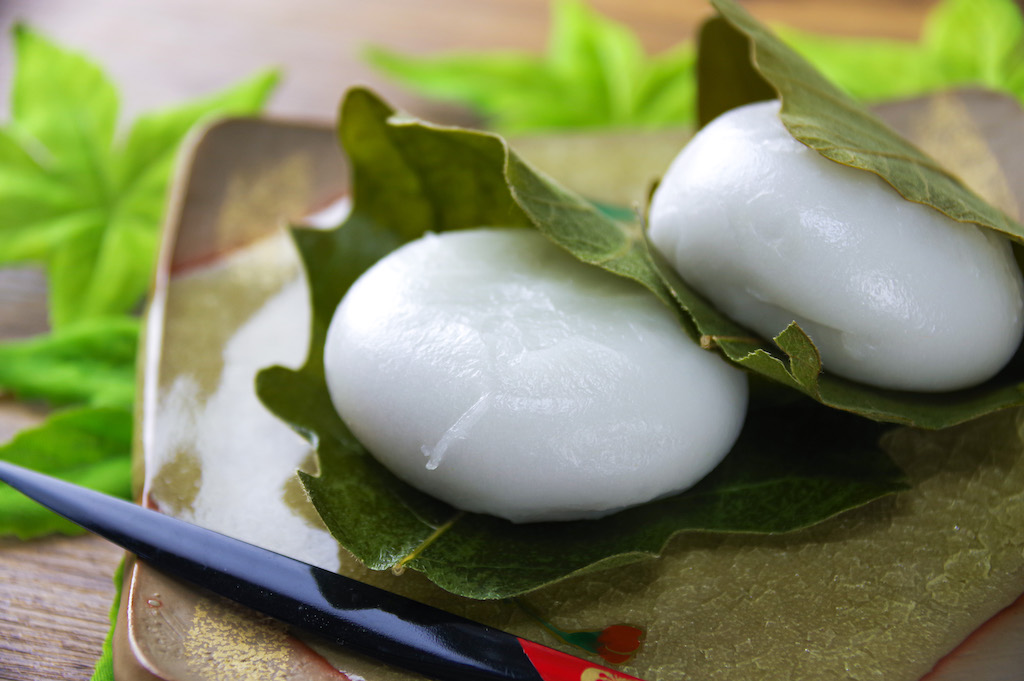
Joshinko is a flour made from non-glutinous rice, and can be substitute for shiratamako and mochiko depending on what you make. You can make delicious mochi just by mixing it with lukewarm water.
Let me introduce the recipe for kashiwa-mochi here which is a typical mochi made from joshinko.
What Is Joshinko and How Is It Used?
Ingredients [6 kashiwa-mochi]
・3.5oz (100g) Joshinko
・1 tbsp Sugar
・0.3cup (80ml) Lukewarm water
・Sweet red bean paste
・6 Salted oak leaves
Preparation
Soak the salted oak leaves in water for about 10 minutes.
Direction
1. Put joshinko and sugar in a relatively big bowl. Add lukewarm water little by little and mix. Knead well until it is as soft as an earlobe.
2. Lay the bleached cloth on the steamer. Please wet the cloth with water and squeeze out the water in advance. Tear the dough (1) into a handful and put it side by side.
3. Cover and steam on high heat for 20-30 minutes.
4. Transfer the dough (3) into the bowl, and knead with a mortar until sticky.
5. Knead well with wet hands until glossy.
6. Take 20g of each bean paste and roll it. Make 6 bean paste balls.
7. Divide the dough (5) into 6 equal parts. Shape it into a round shape and stretch it into an oval shape. Place the bean paste on the front, fold it in two, and close the circumference.
8. Wipe off the water from the oak leaves, and wrap the finished mochi with the leaves.
Ready to eat! Peel off the oak leaves when you eat this rice cake.
5. Warabiko (Bracken Starch)
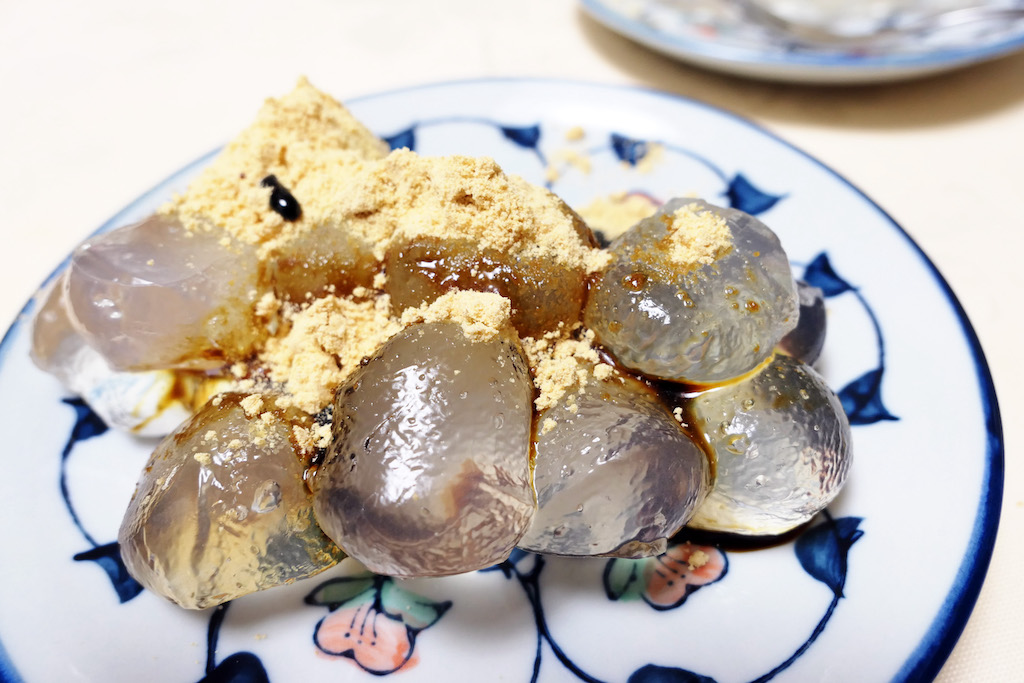
Warabi-mochi is soft and jiggly mochi made from bracken starch (starch produced from the rhizomes of bracken). People usually eat it with kinako (roasted soybean flour) or matcha powder and brown sugar syrup.
The chewy, jiggly texture of warabi-mochi is seriously amazing, and totally different from the ordinary rice cake. Please try if you can get some bracken starch.
Ingredients [4 servings]
・1.7oz (50g) Bracken starch
・3 tbsp Sugar
・1cup (250ml) Water
・Kinako (roasted soybean flour) or matcha powder
Direction
1. Sift the roasted soybean flour or matcha into the vat and spread it.
2. Put bracken starch, sugar, and water into a bowl. Mix well with a heat-resistant rubber spatula.
3. Put in a pot while straining with a colander. Heat on medium heat while mixing
4. When it becomes translucent, reduce the heat to low and continue mixing. After it becomes transparent, mix it well for another 2 minutes.
5. Transfer the mochi to the vat (1), and sift the roasted soybean flour or matcha from above. Cut into pieces that are easy to eat using a scraper.
Ready to eat! Sprinkle brown sugar syrup as you like.
6. Milk + Potato Starch
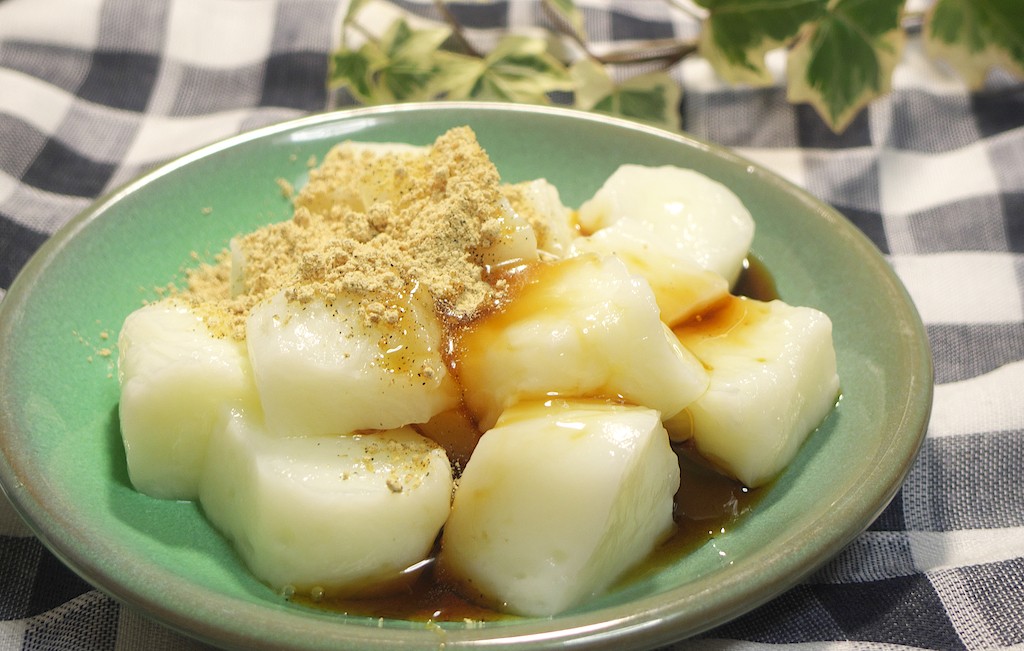
Surprisingly, you can make extremely delicious mochi with potato starch.
By adding milk, it can get closer to the real rice cake.
Ingredients [2 servings]
・1cup (250ml) Milk
・2 tbsp Sugar
・4 tbsp Potato starch
・Ice water (to cool the dough)
Direction
1. Put milk, sugar, and potato starch into a pot.
2. Continue mixing with a heat-resistant spatula over low heat.
3. Keep the heat, and turn off the heat when it hardens and becomes clump together.
4. Transfer the dough directly to ice water. Tear it off by hand while soaking it in ice water.
Ready to eat! Sprinkle kinako (roasted soybean flour) and maple syrup as you like.

